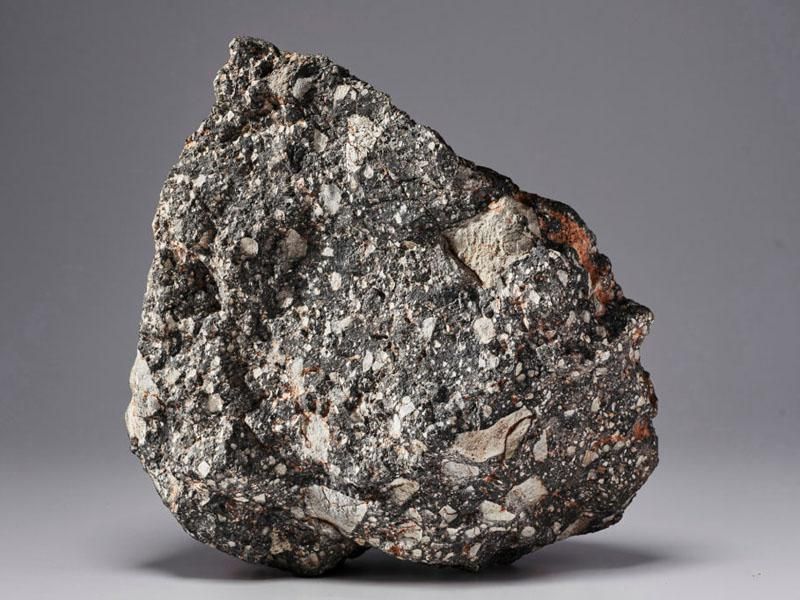Christie’s Auction House Offers 29-Pound Hunk of Moon for $2.5 Million
The rock crash-landed in the Sahara Desert after a presumed collision chipped it off the lunar surface
/https://tf-cmsv2-smithsonianmag-media.s3.amazonaws.com/filer/aa/ae/aaae0392-f56b-4fad-b30d-b4a7b1657fb4/moon.jpeg)
Last week, Christie’s auction house posted a tantalizing online offer that is, quite literally, out of this world: a 29-pound hunk of moon, up for sale for the price of $2.5 million.
The luxury lump of lunar rock, called NWA 12691, was found two years ago in the Sahara Desert, where it likely crash-landed during an ancient meteor shower. Having survived the trip down to our planet’s surface, the cosmic chunk is technically a meteorite, or a meteor that makes it through the atmosphere intact.
Such objects are exceedingly rare: Over the years, humankind has scrounged together less than 1,500 pounds of lunar meteorites—just enough to fit inside of a small car, reports Taylor Dafoe for artnet News. NWA 12691 makes up about 2 percent of that meteoric mass, and is the fifth largest piece of the moon on Earth, dwarfing even those returned by the Apollo missions. According to BBC Newsround, NWA 12691 is about the size of a football or a human head.
“It is an order of magnitude larger than any other lunar meteorite we’ve sold,” James Hyslop, the head of Science & Natural History for Christie’s, tells David Williams at CNN. “All previous examples would have been able to fit in your hand, but this is over 10 times larger.”

By studying the physical features and chemical characteristics of moon rocks, scientists can sometimes get a rough sense of what parts of the lunar surface they hail from, though many details of the origin story of NWA 12691 remain mysterious. Its trajectory likely follows those of other lunar meteorites, which are bits of debris chipped off the lunar surface during asteroid or comet collisions. Objects in space pummel the moon more often than they do Earth because our satellite has only a tenuous atmosphere that’s ill-equipped to deflect and burn up the interlopers before they finish their descent, reports Elizabeth Howell at Space.com.
According to Christie’s, this particular specimen was probably born out of a particularly stunning smash up that sent many meteors Earthward. To date, about 30 meteorites from that event have been unearthed in Northwest Africa.
Offered through a private sale, rather than auction, NWA 12691 became available for purchase immediately. For those wishing to make a slightly more modest purchase, Christie’s also offered 13 iron meteorites for about $1.74 million, according to a statement.
“I’ve been lucky enough to handle a few lunar meteorites at Christie’s over the years, but every time I see this specimen in the warehouse the sheer size of it bowls me over,” Hyslop says in the statement. “The experience of holding a piece of another world in your hands is something you never forget.”
/https://tf-cmsv2-smithsonianmag-media.s3.amazonaws.com/accounts/headshot/10172852_10152012979290896_320129237_n.jpg)
/https://tf-cmsv2-smithsonianmag-media.s3.amazonaws.com/accounts/headshot/10172852_10152012979290896_320129237_n.jpg)